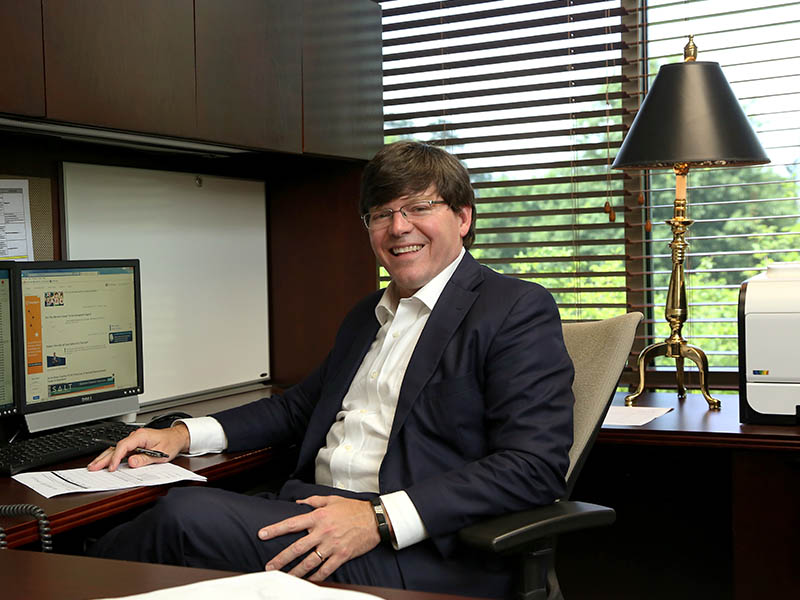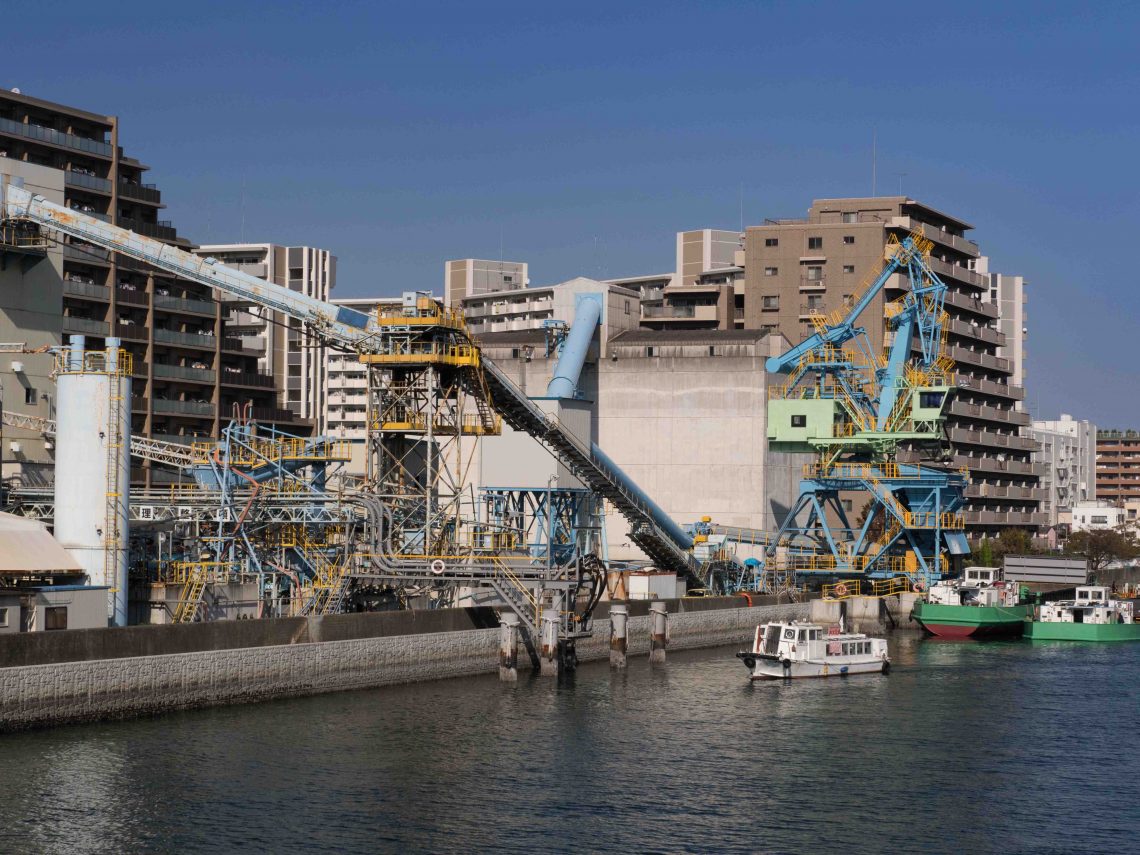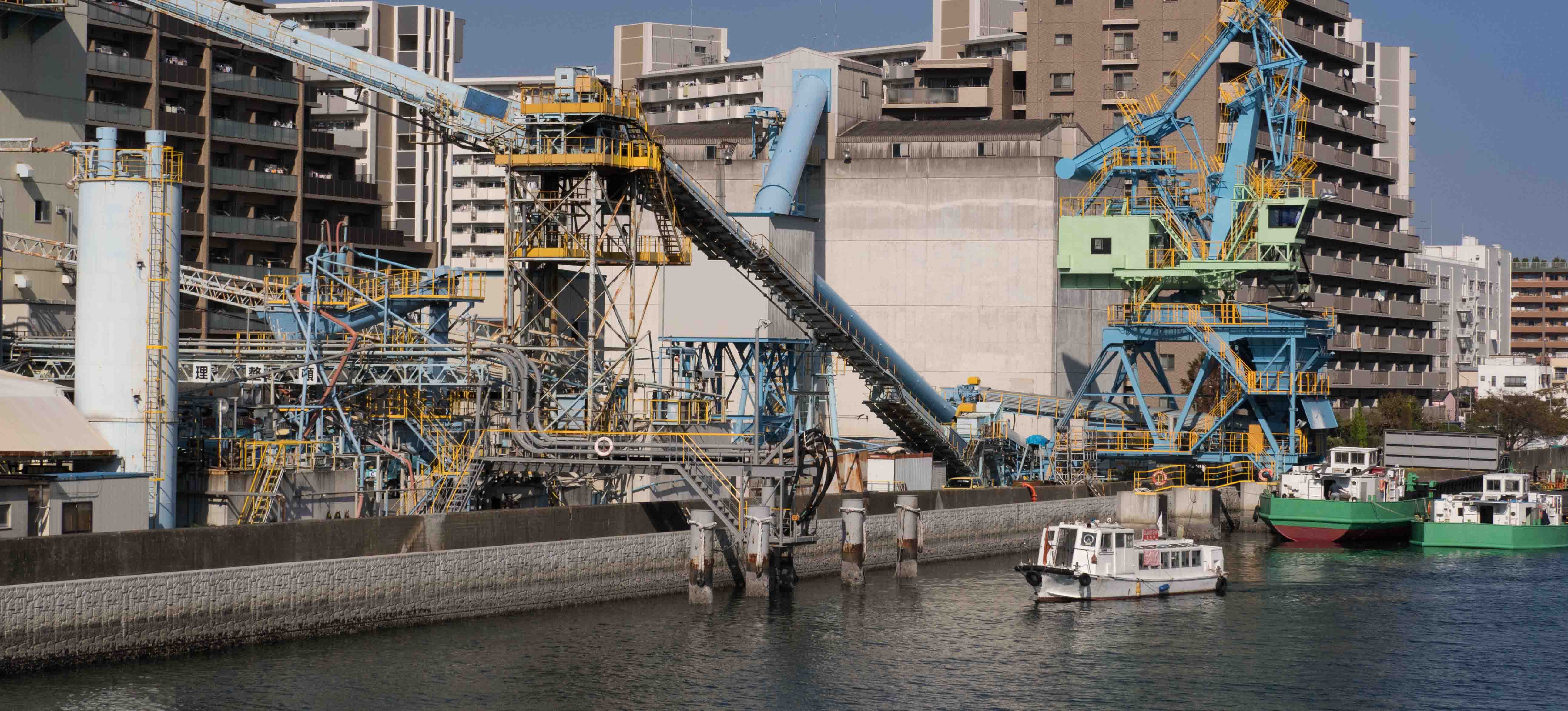Editor’s note: The Q & A below is an interview conducted by Fintrust Director of Marketing and Client Engagement Paige Siniard, with Allen Gillespie, CFA®, President, Managing Partner Investments.
August 2019

Who is Mrs. Watanabe?
Q: Allen, the other day in a Fintrust Investment Policy meeting you mentioned “Mrs. Watanabe.” Who is she?
A: “Mrs. Watanabe” is not a real person. “Mrs. Watanabe” is a term used these days by Wall Street to represent the archetypal Japanese housewife. She is diligent about finding the best use of her family’s savings. Broadly speaking, she represents the original carry trader.
Q: We might be lost here. Why are we talking about a mythical Japanese housewife and what is a carry trade?
A: More about the Japanese housewife in a minute. A “carry trade” is something all investors do at some point, when they invest low yielding assets into higher yielding assets like bonds or stocks. An example: if your bank checking account balance gets larger than you need it to be, you might move some of your money into stocks or bonds. That would be a “carry trade.”
Q: Why should we be thinking about carry trades?
A: There are two reasons carry trades are on my mind at the moment.
First, since the financial crisis, central banks have strongly encouraged carry trades by cutting interest rates and making cash a non-yielding asset. As a result, investors who might otherwise like the safety and liquidity of cash have been driven to look for higher yielding assets, such as stocks or bonds.
We believe there has been a large risk build up in various carry trades. For example, we have noticed that investors are unwilling to leave the stock market, even as earnings are weak. Another Wall Street expression is being used these days, “TINA”, an acronym for “There Is No Alternative.” Cash yields so little, therefore investors may feel there is no alternative to stocks. Stocks are once again in the upper percentiles of valuations on historical metrics, except they still appear reasonable when compared to bonds and cash.
Second, for the first time in my 25-year career, the math behind some of the classic carry trades is changing and some new trades are emerging. As a result, “Mrs. Watanabe” one of the original, largest, and most persistent carry traders might be thinking about changing her behavior. I think that could have large, secular implications for investors.
The Movie “Gung Ho”
Q: How did Japanese housewives become associated with “carry trades”?
A: Paige, as you know, art in many cases reflects reality, but you are probably too young to remember the 1986 movie “Gung Ho.” The film was directed by Ron Howard of “Happy Days” fame. It starred Michael Keaton and Gedde Watanabe, so I suspect his last name is the origin of the investing term.

The movie follows the story of a Japanese company that buys an American automotive plant. This foreign takeover of American manufacturing results in a big cultural clash of work attitudes. The movie reflects the fears and concerns many Americans had about the great economic rise of Japan in the 1980s.
These concerns were compounded by the fact the World War II generation had witnessed the destruction of Hiroshima and Nagasaki, but by 1986, they had also seen Japan recover to become the second largest economy in the world. This generation saw lean manufacturing methods displacing the high-paying, blue-collar jobs they had held over the previous 40 years. The Japanese government and Japanese companies were also viewed as operating in concert to extract payback if you will. It seemed like a Japanese takeover. These concerns probably reached their peak in October 1989, when the Mitsubishi Corporation bought the Rockefeller Center in New York.
Interestingly, China is now the world’s second largest economy behind the U.S., so we are seeing many of the same concerns.
Despite the common perception of the time, the Japanese were not moving their automotive operations to the United States in 1986 because things were so good in Japan.
Q: Allen, thanks for the background, but I am still wondering, what does a 1986 movie reference have to do with Japanese housewives, carry trades, and present-day stock and bond markets?
A: First, I think the movie proves that when it comes to markets, we can see the future, just not as clearly as we think.
Three years after the movie’s debut, the Japanese economic miracle burst. The Japanese stock market collapsed. Japanese real estate prices crumbled. Japanese interest rates declined massively and today they are the lowest interest rates in recorded history.
Allow me to put those things into perspective with some numbers. During the late 1980s, it was rumored that the land underneath the royal palace in Japan was worth more than all of California. The Japanese stock market, as measured by the Nikkei 225 Average reached 38,915 in yen at the end of 1989. Today, it trades around 21,000 yen or roughly 53% of its 1989 peak level (30 years later).
Japan currently has over $8 trillion in negative interest rates bonds and there are over $14 trillion in negative interest rate bonds globally. Japanese interest rates are negative all the way out to almost 30 years. Remember the definition of negative interest rates. In Japan, during times of negative interest rates, you have to pay to put your money in the bank.
Q: Why would anyone do that?
A: Well, obviously, you wouldn’t. It makes more economic sense to just put the money in the mattress, unless…
Q: Unless what?
A: You can find higher returns somewhere else. You engage in a carry trade.

For a car manufacturing company this takes the form of moving production facilities to a lower cost, higher yielding place like the United States. More recently this has involved moving manufacturing to China.
Despite the common perception of the time, the Japanese were not moving their automotive operations to the United States in 1986 because things were so good in Japan. Japanese manufacturers were moving their operations to the U.S. because things were so bad in Japan. Prices were in a bubble. The prices were all way too high, and the Japanese could not afford to build new facilities at home.
The Japanese car companies were not looking to displace American workers – they were looking to move their capital out of Japan. Today, Toyota, Nissan, and Honda all have large U.S. manufacturing operations. They did take a large share of the U.S. market, but they employ many American workers. As a result, the Japanese economic miracle has largely become the U.S. economic miracle.
Japanese auto manufacturers have been great stocks, despite terrible performance by the Japanese index. You might say they have beaten the index. I think in the U.S. it has come to be a common belief that if you just buy and hold a low cost index fund you will make money, but the Japanese experience proves otherwise. Buying an index fund does not guarantee you will make money. Investors make money by buying good assets at reasonable prices, based on relative pricings. The Japanese experience proves that sometimes good companies and stock indices align and sometimes they don’t.
Q: And “Mrs. Watanabe” noticed this?
A: Exactly. “Mrs. Watanabe” wants to take care of her family, she is a very smart, and a frugal saver. “Mrs. Watanabe” notices her husband’s manufacturing job now requires him to travel here to the United States, so she invests a little money here. “Mr. Watanabe” can retrieve it when it is needed back home.
Q: I get it now, so when interest rates decline in Japan but are higher here – “Mrs. Watanabe” puts even more money here – correct?
A: Bingo. After the Japanese bubble burst, and interest rates declined, “Mrs. Watanabe” noticed the banks in the United States paid more interest than the banks in Japan. Suddenly, a little money became a lot of money, and a full-blown carry trade was born. “Mrs. Watanabe” realized that by engaging in carry trades her family could have a little more spending money to get them through the tough times.
If strategic alliances change, the risks to capital flows and carry trades change as well.
Q: Beyond interest rates, are there any other factors that have encouraged the ‘Japan to America’ carry trade?
A: Yes, mainly the U.S.-Japan Defense Treaty signed after World War II. According to the treaty, the United States will defend Japan if it is ever attacked. In exchange, Japan does not have traditional armed forces, and it subsidizes the cost of maintaining the U.S. military bases in Japan. This has made investing in the United States a very safe proposition for the Japanese. We are close allies.
Second, our banking system generally allows for the free movement of capital, so you can always come get your money when you need it.
You may have noticed that Trump is encouraging Germany and Japan to provide more for their own defense. I think strategically there might be a concern about the U.S. being too close to Japan, given the history of animosity between Japan and China.
If strategic alliances change, the risks to capital flows and carry trades change as well.
Q: You mentioned earlier that the math behind some of these carry trades is changing. Can you be more specific?
A: Definitely. There are some big changes afoot. As I mentioned earlier, globally, there are over $14 trillion worth of negative interest rate bonds, but Japan is home to over 50% of the total. Negative interest rate bonds give even non-yielding assets (like gold and cryptocurrencies) “positive carry.” When North Korea was shooting off a lot of missiles, we noticed the South Koreans were very willing to take their cash out of the banks and upload it into the cloud via cryptocurrencies. The South Koreans are very active cryptocurrency traders. More recently, gold has started moving higher again this year.
Let me be emphatic about this – negative interest rate bonds should not exist. They are the investing equivalent of anti-matter. Negative rate bonds are guaranteed to lose money over time and offer a lot of risk. “Mrs. Watanabe” is not going to buy them. As a result, there is a whole new set of carry trades that should be considered.
Global equities, relative to the United States, are becoming more competitive alternatives for “Mrs. Watanabe.” We should also think about cash and currencies, rather than bonds and interest rates, as the potential cushion to our equity investments.
Cash alternatives, like gold and silver, may be returning to a more central role in portfolios, as they offer positive carry against negative yielding cash and bonds.
The younger generation, however, may be more comfortable with the concept of uploading currency to the cloud on their phones rather than keeping gold in a vault. As a result, I also think cryptocurrencies are going to be an important part of the investing future.
The gold market has roughly a $8 trillion market cap. Currently, the cryptocurrency market has a combined market cap of roughly $250 billion. If it takes 30 years for the cryptocurrency market to equal the gold market, it will have to go up at an annual rate of 12% a year. But it will be anything but a smooth ride.

While I was doing our 2Q2019 reviews, I noticed that the Japanese stock market now yields more than both U.S. bonds and stocks. In short, the Japan/U.S. carry is now Japan positive, so “Mrs. Watanabe” might start keeping some of her money at home.
I also noticed that the Japanese stock market is about to make a new 20-year high, but the Nikkei 225 is still at roughly 50% of its all-time high. This prompted me to looked for occasions where the U.S. stock market had a similar set of technical conditions.
Obviously, the sample data set is small. There were only two instances where U.S. stocks were making multi-decade highs while still being below all-time peaks. During the 1949-1950 period, stocks were breaking out to multi-decade highs, but they were still below the 1929 peak. The second occurrence was in 1982. In 1982, the U.S. market broke out above the 1966 all-time high, but given the high inflation of the 1970s, stocks were still well below that 1966 peak when adjusted for inflation. The 1982 situation highlights that sometimes prices can look like all-time highs, when in reality the valuations are quite low. In both cases, the U.S. stock market exploded higher into substantial multi-year moves.
I know the news flow right now seems negative, but just think about this. What does the world look like if Japan recovers, particularly now that we have added China and Vietnam into the mix of the global economy? Think about a 30-year old worker in Japan. She does not remember the bubble and would have to pay to put money into the bank. I don’t think “Mrs. Wantanabe” is going to do that – I think she is going to put money into things that offer a better relative return than negative yielding bonds.
The news may seem negative, but we might just be on the verge of some exciting, massive, secular investment changes.
I think the three big lessons we can learn from “Mrs. Watanabe” are: think globally, secular change is important, and be aware of carry trades.
Q: In conclusion, what do you think we can learn from “Mrs. Watanabe”?
I think the three big lessons we can learn from “Mrs. Watanabe” are: think globally, secular change is important, and be aware of carry trades.
It is hard to think globally when the U.S. markets have outperformed for such an extended period. It is hard to think about secular changes because they are slow moving. Third, investors shy away from certain investments because they are unfamiliar or because they have not worked recently (or maybe even in the last 30 years), but the math is different now. In investments, we tend to check daily, monthly, quarterly, and annual results, but it can pay to think long-term about secular changes that move annually across generations.
